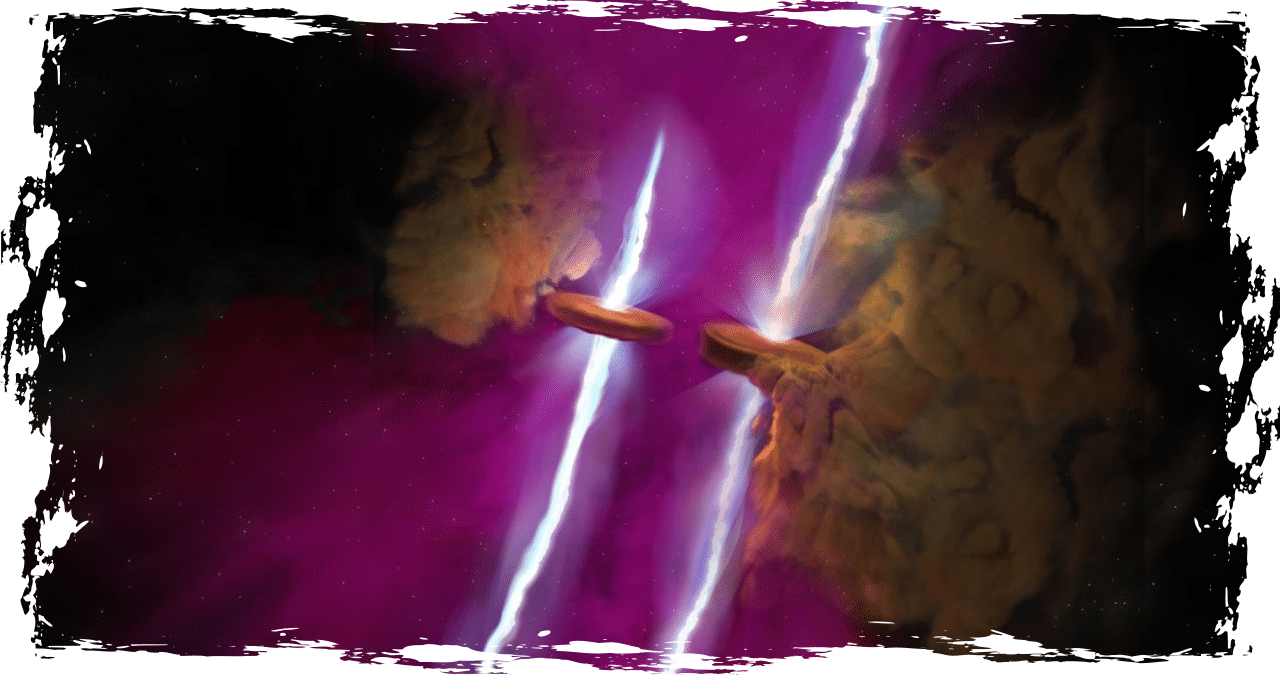NASA’s James Webb telescope made an astonishing astronomical discovery that left researchers stunned. The long-studied star, which was initially believed to be a single entity, was revealed to be a pair of twins.
According to the agency, a star named WL 20S has been under the scrutiny of five telescopes since the 1970s and has been identified as a twin star that came into existence around two to four million years ago.
NASA has reported that the James Webb Space Telescope’s Mid-Infrared Instrument (MIRI) has been used by researchers to examine images with “spatial and spectral resolution.”
In a press release on June 13, Mary Barsony, the lead author of the paper announcing the results, exclaimed, “Our jaws dropped!” She further added that despite studying the source for decades, they were surprised to discover that it was actually two stars and that the jets existed. She credited MIRI for this revelation, stating that without it, they wouldn’t have been able to see the stars in such detail. Barsony went on to describe the experience as having “brand new eyes,” which was truly astonishing.
NASA has reported that the recently found pair of twins, which belong to the group of stars known as WL 20, emit jets of gas from their respective north and south poles.
The Atacama Large Millimeter/submillimeter Array (ALMA) in Chile provided additional observations of the twin stars. Comprising over 60 radio antennas, ALMA played a crucial role in the research.
According to the release, researchers have hypothesized that planets are forming in disks of dust and gas that encircle the stars, as revealed by the ALMA.
According to Mike Ressler, project scientist for MIRI at NASA’s Jet Propulsion Laboratory and co-author of the latest study, the combination of these two telescopes is truly remarkable. He stated in the release that “If we hadn’t seen that these were two stars, the ALMA results might have just looked like a single disk with a gap in the middle. Instead, we have new data about two stars that are clearly at a critical point in their lives, when the processes that formed them are petering out.” The power of these two telescopes working together has provided invaluable information about the state of these two stars in the midst of a pivotal stage in their evolution.
NASA announced the discovery of the twin stars during the 244th meeting of the American Astronomical Society on June 12.



